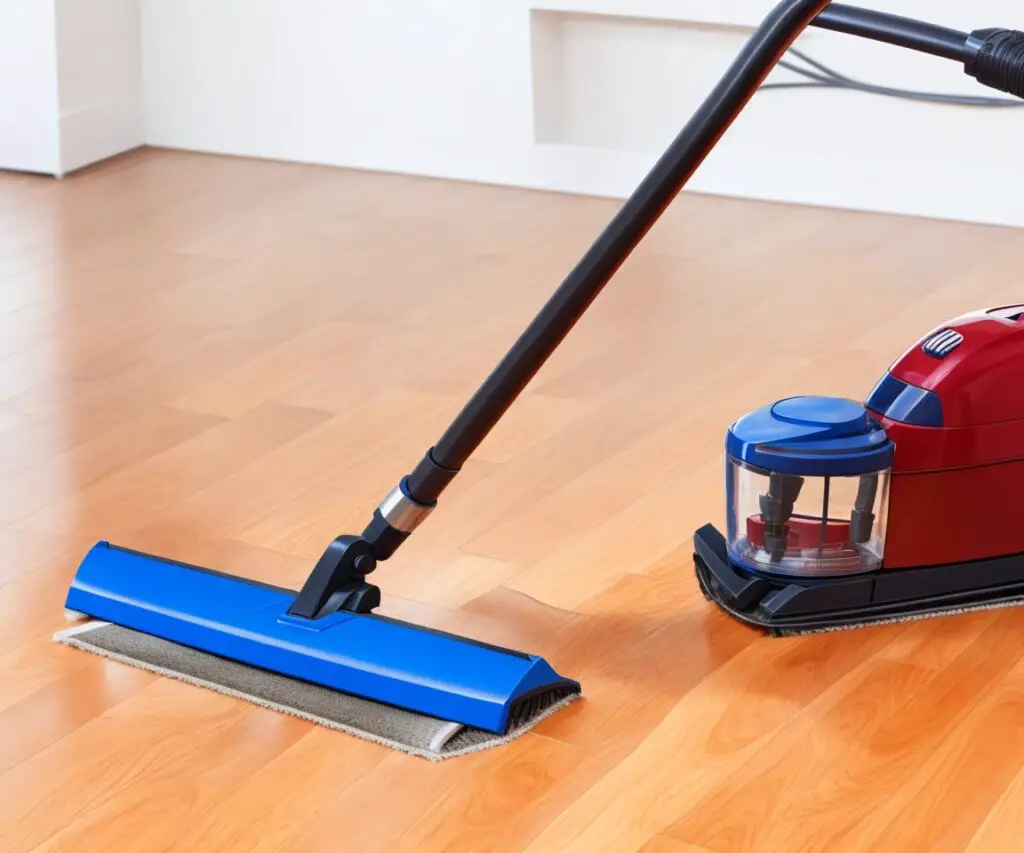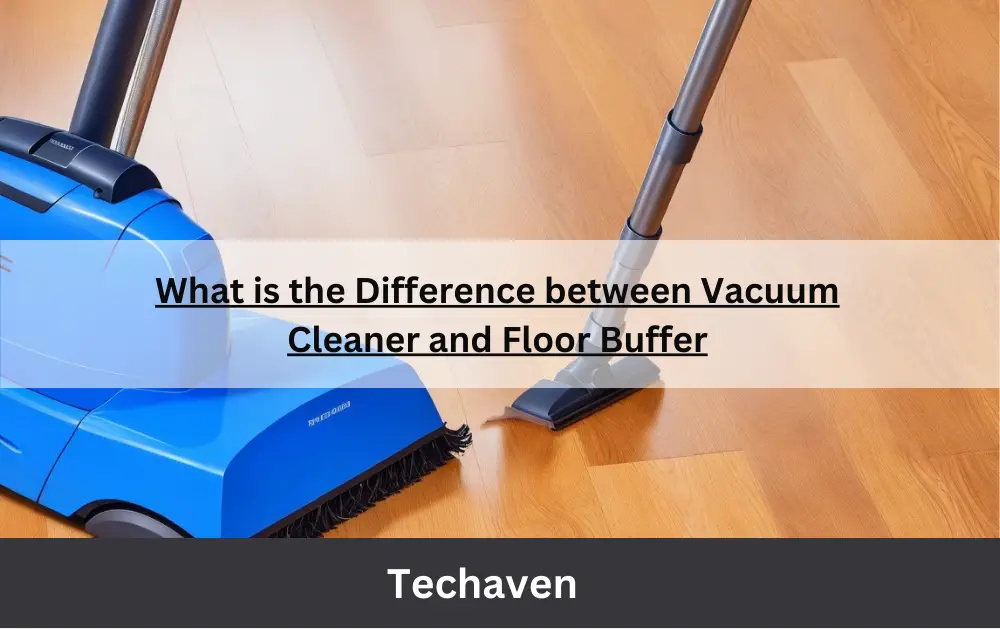Welcome to our comprehensive guide on the age-old debate: Is it better to sweep or vacuum laminate floors? If you’re seeking the most effective cleaning method for your laminate flooring, you’ve come to the right place. In this article, we’ll provide you with all the information you need to make an informed decision, debunking myths and highlighting key considerations. Our aim is to equip you with the knowledge necessary to maintain the pristine beauty of your laminate floors effortlessly. So, let’s dive in!
Understanding Laminate Floors
Before delving into the sweeping versus vacuuming debate, it’s essential to grasp the characteristics of laminate floors. Laminate flooring is a popular choice due to its affordability, durability, and aesthetic appeal. It typically consists of multiple layers, including a wear layer, a decorative layer, a core layer, and a backing layer. These layers are fused together using high-pressure lamination techniques, resulting in a robust flooring solution that closely resembles natural materials such as hardwood or stone.
The Importance of Regular Cleaning
Proper maintenance is crucial to preserve the longevity and beauty of your laminate floors. Routine cleaning not only removes dirt and debris but also prevents scratching, discoloration, and warping. Whether you choose to sweep or vacuum, incorporating regular cleaning into your schedule is vital.
Sweeping Laminate Floors: An Effective Approach
Sweeping laminate floors offers several advantages, making it a popular choice for many homeowners. Here are some key benefits:
Gentle on the Surface: Sweeping with a soft-bristle broom is a gentle method that minimizes the risk of scratches or damage to your laminate flooring. The bristles effectively capture loose dirt, dust, and debris without exerting excessive force on the surface.
Quick and Convenient: Sweeping is a time-efficient cleaning technique that allows you to swiftly remove surface-level dirt and debris. It’s particularly useful for addressing light to moderate soiling in high-traffic areas.
No Power Source Required: Unlike vacuuming, sweeping does not rely on electricity or battery power. This makes it a convenient option, especially in scenarios where power outlets are limited or inaccessible.
Vacuuming Laminate Floors: A Deeper Clean
While sweeping provides a practical and gentle approach, vacuuming offers a more thorough cleaning solution. Consider the following advantages of vacuuming your laminate floors:
Efficient Removal of Deeper Debris: Vacuums are designed to extract dirt and debris that may be embedded within the textured surface of your laminate floors. This deeper clean helps maintain the flooring’s original luster and prevents gradual wear and tear.
Enhanced Allergen Control: Vacuum cleaners equipped with HEPA filters can effectively capture allergens such as dust mites, pet dander, and pollen, promoting cleaner air quality within your home. This is especially beneficial for individuals with allergies or respiratory sensitivities.
Versatility and Convenience: Modern vacuum cleaners often come with a range of attachments and settings, allowing you to adapt the cleaning process to different surfaces and situations. From crevice tools for tight corners to brush attachments for more delicate areas, vacuuming provides versatility that can address various cleaning challenges.
Best Practices for Sweeping and Vacuuming Laminate Floors
Now that we’ve explored the merits of both sweeping and vacuuming, let’s highlight some essential best practices to ensure optimal results:

- Use Soft Bristles or Floor Brush Attachments: Whether you’re sweeping or vacuuming, choose tools specifically designed for use on hard floors. Soft bristles or floor brush attachments are gentle on laminate surfaces, reducing the risk of scratches or damage.
- Clear the Area: Before cleaning, remove any loose objects or furniture from the area you plan to sweep or vacuum. This not only allows for more efficient cleaning but also prevents potential damage to both the objects and your laminate floors.
- Address Spills and Stains Promptly: Whether you choose to sweep or vacuum, it’s crucial to promptly clean up any spills or stains on your laminate floors. Liquids left unattended can seep into the flooring and cause damage over time. Use a damp cloth or a recommended laminate floor cleaner to gently remove the spills without leaving any residue behind.
- Follow the Manufacturer’s Guidelines: Every laminate flooring product may have specific care instructions provided by the manufacturer. It’s essential to review and follow these guidelines to ensure the longevity and performance of your flooring. These guidelines may include specific recommendations regarding cleaning products, techniques, and frequency.
- Regular Maintenance Routine: Establishing a regular maintenance routine is key to keeping your laminate floors in pristine condition. Whether you choose to sweep or vacuum, aim to clean your floors at least once a week, or more frequently in high-traffic areas. Consistency is crucial in preventing the accumulation of dirt and debris that can lead to scratches or dullness over time.
- Protective Measures: Implementing preventive measures can significantly reduce the need for intensive cleaning. Consider using doormats at entrances to trap dirt and moisture, using furniture pads to prevent scratches caused by furniture movement, and applying protective felt pads to the bottom of chairs and tables to minimize friction.
- Test Before Using Cleaning Products: If you opt to use cleaning solutions or laminate floor cleaners, it’s essential to test them in an inconspicuous area first. Apply a small amount of the product and check for any adverse reactions, discoloration, or damage before proceeding with full-scale cleaning.
Conclusion
When it comes to cleaning laminate floors, both sweeping and vacuuming have their merits. Sweeping is gentle, quick, and convenient, making it an effective method for day-to-day maintenance. On the other hand, vacuuming offers a deeper clean, effectively removing embedded dirt and allergens. To achieve the best results, it’s recommended to incorporate both methods into your cleaning routine based on the level of dirt and the specific needs of your laminate floors.

